Introduction
As we approach 2025, the landscape of web applications is undergoing significant transformations. Staying abreast of these changes is crucial for developers, businesses, and users alike. In this article, we’ll delve into the top 10 trends shaping the future of web applications in 2025.
1. Artificial Intelligence and Machine Learning Integration
Artificial Intelligence (AI) and Machine Learning (ML) are revolutionizing web applications by enabling personalized user experiences, predictive analytics, and intelligent automation. From AI-powered chatbots to recommendation engines, these technologies enhance functionality and user engagement.
2. Progressive Web Applications (PWAs)
Progressive Web Applications combine the best features of traditional websites and mobile apps, offering offline functionality, faster load times, and a native app-like experience. Businesses are increasingly adopting PWAs to provide seamless user experiences across devices.
3. Serverless Architecture
Serverless computing allows developers to build and run applications without managing server infrastructure. This approach reduces costs, enhances scalability, and accelerates deployment, enabling developers to focus on code and functionality.
4. WebAssembly (Wasm)
WebAssembly enables high-performance code execution in web browsers, allowing applications written in languages like C++ and Rust to run at near-native speeds. This technology opens new possibilities for complex web applications, such as video games and graphic editors.
5. Low-Code and No-Code Development Platforms
Low-code and no-code platforms empower individuals with minimal programming experience to create functional web applications. These tools accelerate development timelines and reduce costs, democratizing web development and fostering innovation.
6. Enhanced Cybersecurity Measures
With the rise in cyber threats, implementing robust security protocols is paramount. Developers are adopting measures such as multi-factor authentication, data encryption, and secure APIs to protect sensitive information and maintain user trust.
7. Voice Search Optimization
The growing popularity of voice assistants like Siri and Alexa necessitates optimizing web applications for voice search. Incorporating voice recognition and search capabilities enhances accessibility and offers a more intuitive user experience.
8. Motion UI and Microinteractions
Motion UI involves the use of animations and transitions to enhance user engagement. Microinteractions provide feedback and guide users through tasks, creating a more dynamic and interactive experience.
9. Blockchain Integration
Blockchain technology is being integrated into web applications to provide secure transactions, decentralized authentication, and enhanced data integrity. Industries like finance and supply chain management are leveraging blockchain for its transparency and security benefits.
10. Internet of Things (IoT) Integration
The Internet of Things connects devices to the web, enabling real-time data exchange and automation. Integrating IoT with web applications facilitates remote monitoring and control, offering innovative solutions across various industries.
Conclusion
The future of web applications in 2025 is marked by rapid advancements and emerging technologies. Staying informed about these trends is essential for developers and businesses aiming to remain competitive. For cutting-edge solutions and expertise in streaming services, visit Codinov.

